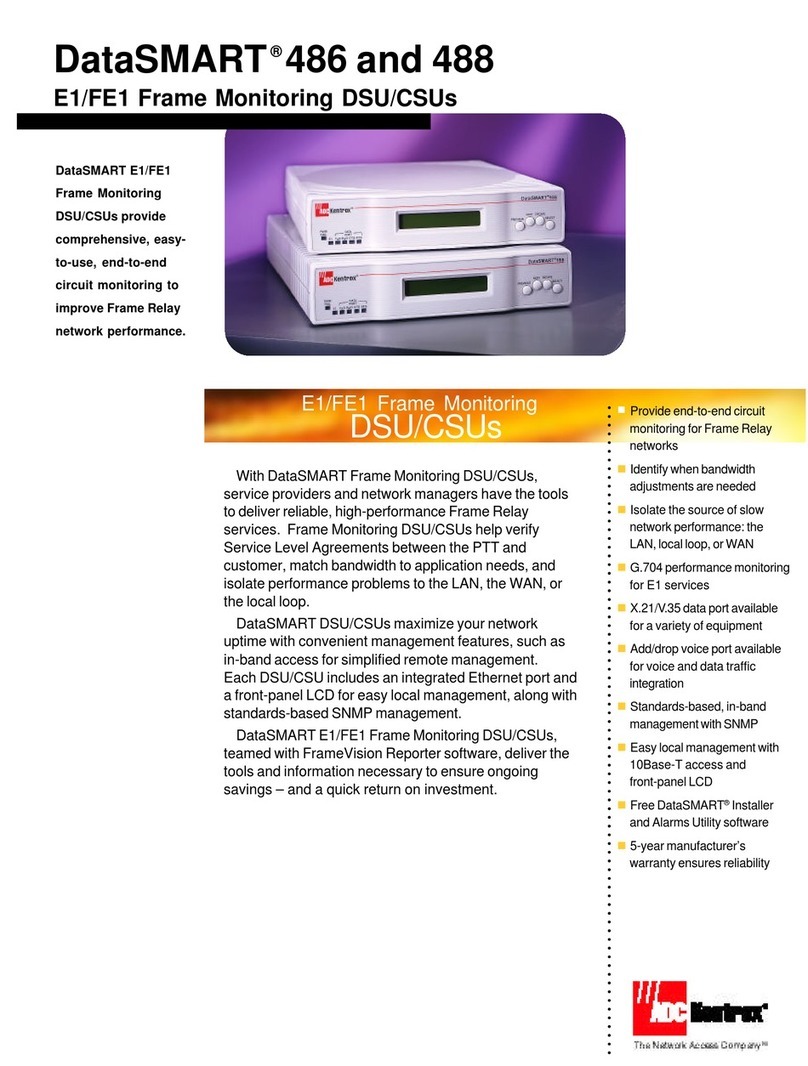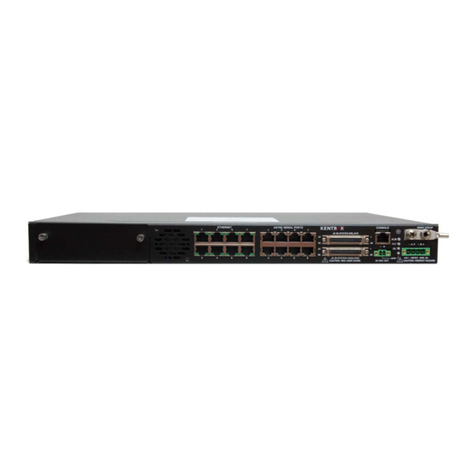
TOC-2
Table of Contents
Chapter 5: Configuring Network Setup Parameters ...............................5-1
Configuring the Domain Name, DNS Servers, and IP Forwarding ..............................5-2
Configuring NTP ...........................................................................................................5-4
Configuring System Clock Settings ..............................................................................5-6
Configuring Default Settings .............................................................................5-6
Configuring Custom System Clock Settings .....................................................5-7
Configuring a Timezone Definition File ............................................................5-8
Configuring SNMP .....................................................................................................5-10
Chapter 6: Understanding Controllers and Interfaces ............................6-1
Controller Descriptions .................................................................................................6-2
Bridge Controllers .............................................................................................6-2
Ethernet Controllers .........................................................................................6-2
OpenVPN Controllers .......................................................................................6-2
Serial Controllers ..............................................................................................6-2
Interface Descriptions ..................................................................................................6-3
Bridge Interfaces ..............................................................................................6-3
Ethernet Interfaces ...........................................................................................6-3
OpenVPN Interfaces ........................................................................................6-3
Serial Interfaces ...............................................................................................6-3
Chapter 7: Configuring Static Routes .....................................................7-1
Adding a Static Route to the IP Routing Table .............................................................7-2
Adding the Default Static Route to the IP Routing Table .............................................7-3
Chapter 8: Configuring a Wireless Network with Remote RMM-1400 ...8-1
Getting Started .............................................................................................................8-2
Wireless Network Overview .............................................................................8-2
Required Components .....................................................................................8-2
Initial Setup .......................................................................................................8-3
Sample Configuration ...................................................................................................8-4
Configuring the Wireless Modem .................................................................................8-5
Configuring the VPN ....................................................................................................8-8
Chapter 9: Configuring Actions, Events, and Responses ......................9-1
Overview ......................................................................................................................9-2
Event Components .......................................................................................................9-3
Response Components ................................................................................................9-4
Action Components ......................................................................................................9-5
Configuring an Event, Response, and Action ..............................................................9-6






























